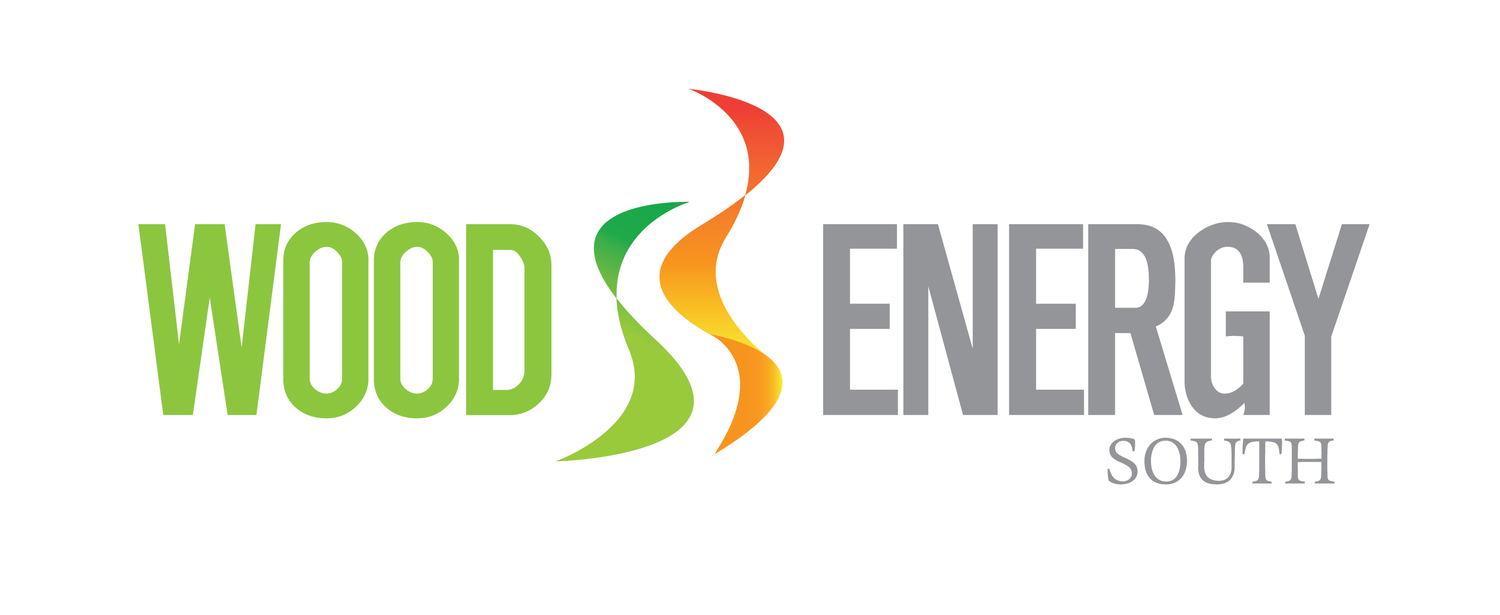WHAT IS WOOD ENERGY?
Wood energy is one of the oldest forms of energy used for heating and processes and New Zealanders are all very familiar with firewood for home heating. Wood energy for commercial and industrial applications are similar except the technology and types of wood fuel are slightly more advanced. The two main forms of wood energy in Southland are woodchip and wood-pellets.
In Southland, there are multiple examples of wood fuel boilers which are utilising these fuels for heating and other processes. Each has its distinct advantages and disadvantages that need to be considered upfront. But overall, wood fuel boilers are capable of burning both types of fuel.
Wood Pellets
Advantages
- Low cost option when compared to LPG, diesel or electricity
- Higher energy density fuel requires less storage space than woodchip
- Can be burnt in existing coal boilers with some adjustments
- Renewable fuel sourced from NZ forest residues
- Very low ash content
- Low emissions compared to coal
Disadvantages
- Expensive compared to woodchip or coal
- Expense mostly related to transport as the main supplier is based in Taupo
- Product must be kept dry at all times
- Requires much more space for storage and boilers compared to diesel, LPG and electric boiler systems
Wood pellets are produced using waste material such as untreated sawdust and shavings from local sawmills. This woody material is dried and compressed into pellets under high pressures and temperatures. This process solidifies the pellet, by using the natural lignin found in wood, no artificial additives or binders are required. There are three categories of pellets but only Category A1 Premium Pellets are produced in New Zealand.
Typical wood-pellet specifications are:
Fines: 1% max through a 3 mm screen
Bulk density: 641 kg/m³
Size: 6 to 10 mm diameter and 10 to 20 mm length
Ash content: 1%
Moisture content: 8%
Energy content: 19.1 MJ/kg
Wood Chips
Advantages
- Low cost fuel and next cheapest options after coal
- Produced in Southland by local businesses
- Can be burnt in existing coal boilers with some adjustments
- Renewable fuel sourced from local forest residues
- Very low ash content
- Low emissions compared to coal
Disadvantages
- Lower energy density so requires large storage bunker
- Requires good access for truck deliveries
- Requires much more space for storage and boilers compared to diesel, LPG and electric boiler systems
Wood chip is produced from waste residues in forestry or wood manufacturing. Low grade logs (usually billet wood) are stacked into piles and usually left to dry naturally for a full year. Over this time, the moisture content will lower to 25-30%MC. Once it has reached this point the logs are usually chipped and stored under cover before it is transported to site for burning in wood fuel boilers. There is very little processing involved with woodchip which is why it is cheaper than wood pellets. Woodchip is not a viable fuel for domestic users because of the bulk required and expense to install boiler and delivery system.
In Southland, the main supplier is Niagara utilising their residues from manufacturing which is very dry so can be blended with other ‘wet’ chip to reach the desired moisture content. In Otago, the main supplier is Wood Energy NZ and they recover and air dry logs from their site at Three Mile Hill.
A quality woodchip product has low contamination of bark or dirt and is usually less than 30%MC. For woodchip, fuel is priced on an energy basis ($/GJ) rather than by volume as this ensures that quality and dry fuel are paramount. Pricing is based on consumption and ranging from $12.50 to $18 per GJ. This equates to 4.5c to 6.5c per kWh respectively.
Typical woodchip specifications are:
Fines: 5% of total weight
Bulk density: 250 kg/m³
Cross sectional area: 3cm, 5cm or 10cm²
Ash content: ≤0.5%
Moisture content: ≤30%
Energy content: 13 MJ/kg (at 30%MC)



